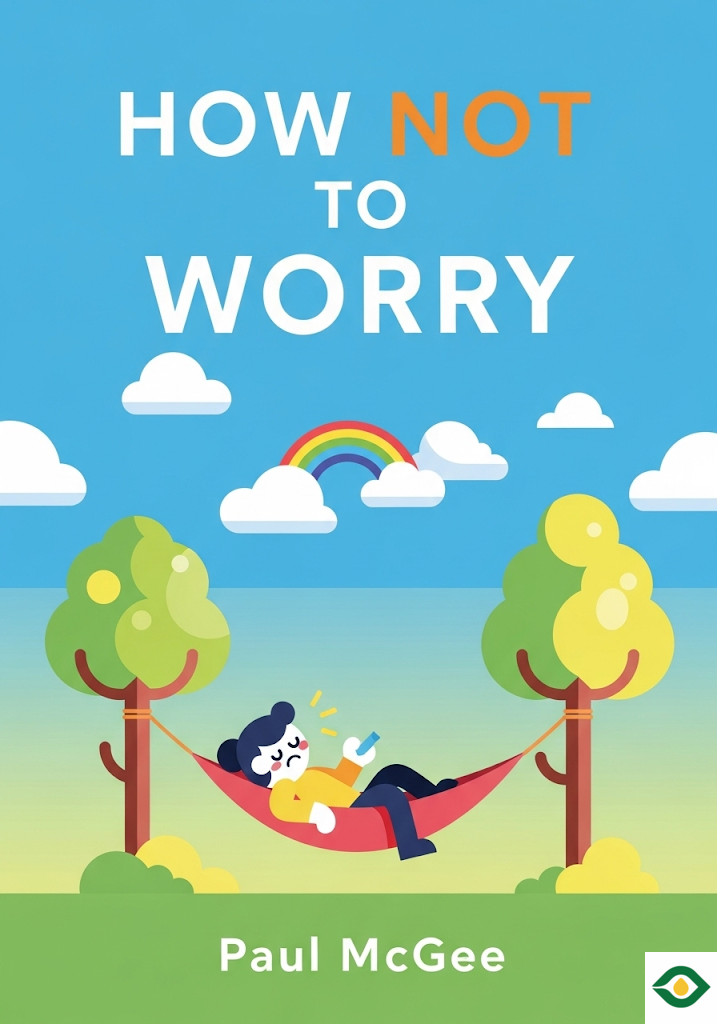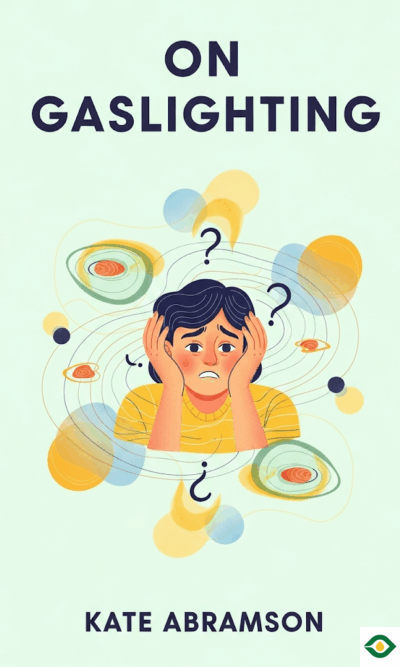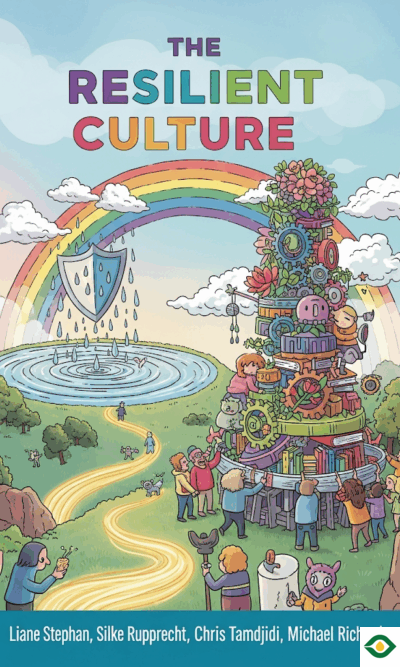Description
Worry feels like a constant shadow in modern life. It creeps in when you lie awake at night, when you replay old mistakes, or when you imagine worst-case scenarios about the future. The truth is, worry rarely fixes anything. It only drains your energy, clouds your thinking, and steals the joy of the present moment.
This book teaches us that worry is not just a random habit—it comes from how our minds evolved. Long ago, our ancestors had to stay alert for danger at all times. Worrying about possible threats made sense when wild animals lurked nearby. Today, though, the same instinct gets triggered by things like job interviews, bills, or disagreements. Our brains often react to a business meeting as if it were a life-or-death situation. That’s why stress and anxiety feel so overwhelming even when the threat isn’t real.
Worry, stress, and anxiety feed into each other like a loop. You start with a small concern, which grows into anxiety. Your body then responds with stress symptoms—racing heart, tight chest, sweaty palms. These feelings make you even more anxious, and the cycle continues. The longer you stay caught in it, the more harm it does to your health, your relationships, and your ability to make good decisions.
So how do we escape this loop? The first step is to understand the roots of worry. Many worries come from our past. If you grew up in an anxious environment or had painful experiences, your mind may be quick to assume danger even when there is none. Other worries come from fear of the unknown. Uncertainty about jobs, money, or relationships often feels unbearable because we can’t fully control the future. Simply being aware of these patterns helps us see that worry is not a mysterious force—it’s our mind reacting to past memories or uncertain possibilities.
The human brain has different layers. Deep inside sits the primitive brain, which controls survival instincts like “fight or flight.” Alongside it is the emotional brain, which stirs up strong feelings like fear or excitement. Together, these two often fuel worry, keeping us alert even when no real danger exists. Fortunately, we also have the rational brain, the part that helps us think clearly, analyze facts, and make better choices. The rational brain is our best tool against worry, but we need to train ourselves to use it. Asking calm, logical questions—like “What evidence do I really have?” or “How likely is this worst-case scenario?”—can help pull us out of panic mode.
A practical way to begin is by categorizing worries. Some are situational, connected to current problems like health or work. Some are anticipatory, focused on future events like an upcoming test or speech. Others are residual, tied to past experiences that still haunt us. When we stop to notice which type we’re dealing with, we shift from reacting emotionally to thinking more clearly.
Once we identify a worry, we can analyze it further. Ask whether it’s historical, hysterical, or helpful. Historical worries echo old experiences, like being nervous around dogs after being bitten. Hysterical worries are exaggerated, like fearing shark attacks even if you never swim in the ocean. Helpful worries, on the other hand, point to real issues you can prepare for, such as practicing before an important meeting. By sorting worries this way, you see which ones deserve your attention and which ones you can safely let go.
For worries that are helpful, the key is action. Focus only on what you can influence. You cannot control every outcome in life, but you can control your preparation, your habits, and your mindset. Think of worries on a scale from zero to ten: zero means you have no control at all, and ten means you have full control. Put your energy into the higher-scoring worries—the ones you can actually do something about. When you take even small steps forward, you regain a sense of power and reduce anxiety.
Imagination also plays a big role. The mind can easily invent stressful stories—like picturing yourself failing in front of a crowd—but imagination can be turned into a positive tool. Instead of imagining disaster, try imagining success. Picture yourself handling the situation calmly or even pretend you’re stepping into the shoes of someone confident and strong. Many people find it useful to think of role models or even create imaginary advisors in their minds. This mental rehearsal shifts the brain toward calmness and courage.
Another cause of worry is self-criticism. Many of us are harsher on ourselves than we would ever be on others. Constant negative self-talk increases anxiety and makes problems look bigger than they really are. Learning to treat yourself with the same kindness you’d show a friend helps silence unnecessary worry. In the same way, trying to please everyone is another trap. If you’re always focused on what others think, you’ll never feel at peace. Instead, it’s important to value your own happiness and priorities.
Finally, we should remember that asking for help is not weakness. Many people try to hide their struggles, but sharing with friends, family, or professionals brings relief and perspective. Talking about worries out loud often makes them feel smaller and more manageable.
The message of this book is hopeful: worry doesn’t have to control you. By understanding where it comes from, sorting it into categories, focusing on what you can change, using your imagination wisely, treating yourself kindly, and reaching out when needed, you can build a calmer life. Worry may never disappear entirely, but it can lose its grip on your mind. When you stop letting worry dominate your thoughts, you gain back energy, focus, and joy.
In the end, living with less worry isn’t about pretending problems don’t exist. It’s about facing them with clarity and confidence, while letting go of the countless fears that don’t deserve your time. Life will always hold uncertainty, but with the right mindset, you can meet it with resilience and peace.





